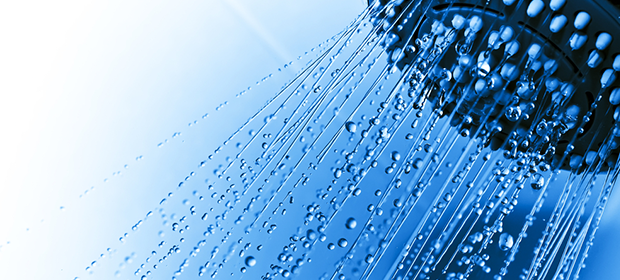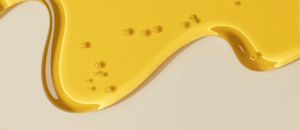‘Sulfate-free’ is a major trend in wash off products, from shampoos to body and hand washes. So we look at how it came about, what it means for formulators, and how Chemlink Specialities can help.
Why Sulfate-Free?
In the late 1990s, the media picked up a bogus email claim that Sodium Lauryl Sulfate (SLS) is a dangerous, cancer-forming ingredient. There wasn’t any scientific evidence to back this up, and still isn’t; this claim has been proven to be a myth. However, press coverage grew and the reputation of SLS (and other sulfates with it by association) was forever damaged.
In today’s wash off personal care formulations, SLS is rarely used. With the notable exception of toothpaste, SLS has mostly been replaced by milder sulfates such as Sodium Laureth Sulfate (SLES).
However, the sulfate-free trend is still growing, fuelled further by today’s consumer appetite for natural ingredients. Sulfate surfactants can also irritate the skin and fade synthetic hair colour when not formulated carefully, also leading consumers to look for sulfate-free solutions. However, both these problems can be mollified by correct formulation and the addition of suitable co surfactants.
The Challenge
So sulfate-free is here to stay. But this trend can be a challenge for formulators.
Commercially, sulfates are very cheap as raw materials. They’re also fundamental to the foaming and rheological properties of shampoos and body washes, so replacing them means a total reformulation. This can mean more costly raw materials and more issues in formulating to achieve similar aesthetic effects.
How Chemlink Specialities Can Help
We are regularly asked about sulfate-free systems for wash off personal care products, and we have developed highly effective sulfate-free systems over the last 10 years.
Our main system is based on a Coco (or Lauryl) Amphoacetate (or Diacetate) and a sulfate-free anionic. The viscosity of formulations using this system is governed by pH, they are all cold blend, and they’re easy to formulate. We found that by adding co-surfactants to this system we could improve viscosity, foaming and conditioning effects. We have worked hard to cover all aesthetic properties.
If you are not too concerned about the use of petrochemicals, you could replace the sulfate with a sulfonate, such as Alpha Olefin Sulfonate (AOS) in place of SLES. AOS has been used as a replacement for SLES for many years, and has similar cleansing and foaming properties. It has a similar, if not slightly lower, irritancy than SLES. We’ve developed many formulations using AOS as a base; see the examples at the bottom of this blog post for more information.
Chemlink Specialities can also supply preservatives, natural and synthetic dyes, and natural and synthetic fragrances, to help you with your sulfate-free wash off formulations.
Below is a list of some of the raw materials we can supply. We encourage you to contact our technical team to talk about how to put these together effectively in sulfate-free formulations – they can be tricky to formulate and we’ve got over a decade of experience to share.
- Miranol Ultra C-32 and L-32 E
- Miranol C2M Conc NP
- Hostapon CCG
- Hostapon CT paste
- Hostapur OS liquid
- Rhodacal A246FF
- Mirataine BB FLA
- Genapol 3SB
- Glucotains
- Vegequat
- Lauroate
- Extracts
- Natural fragrances
- Preservatives
- Natural dyes
Example Formulations
Download example formulations from the Chemlink Specialities Lab for:







